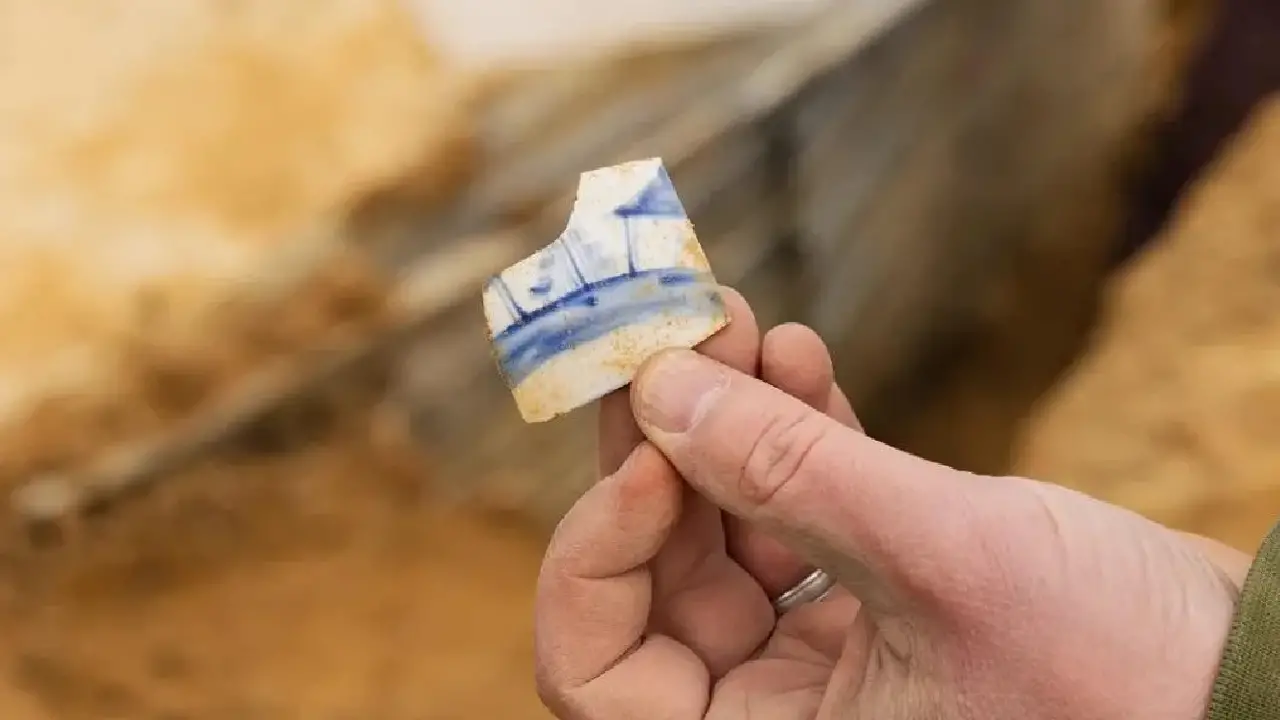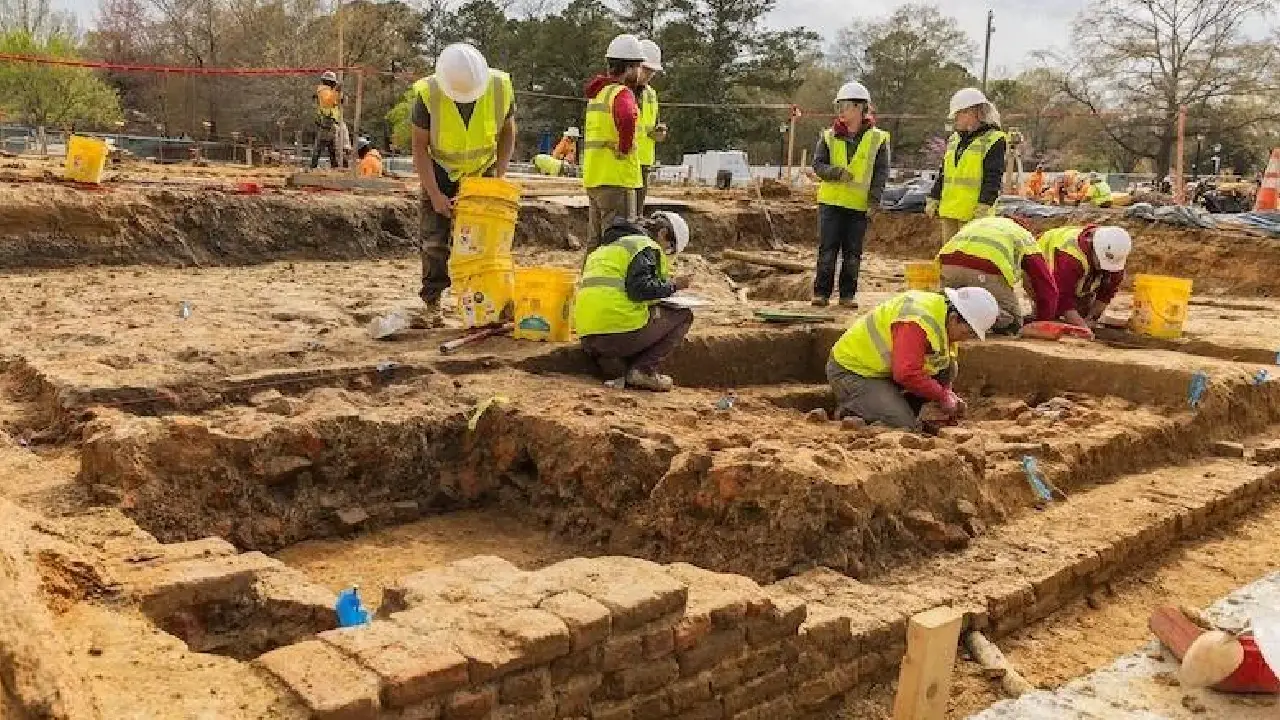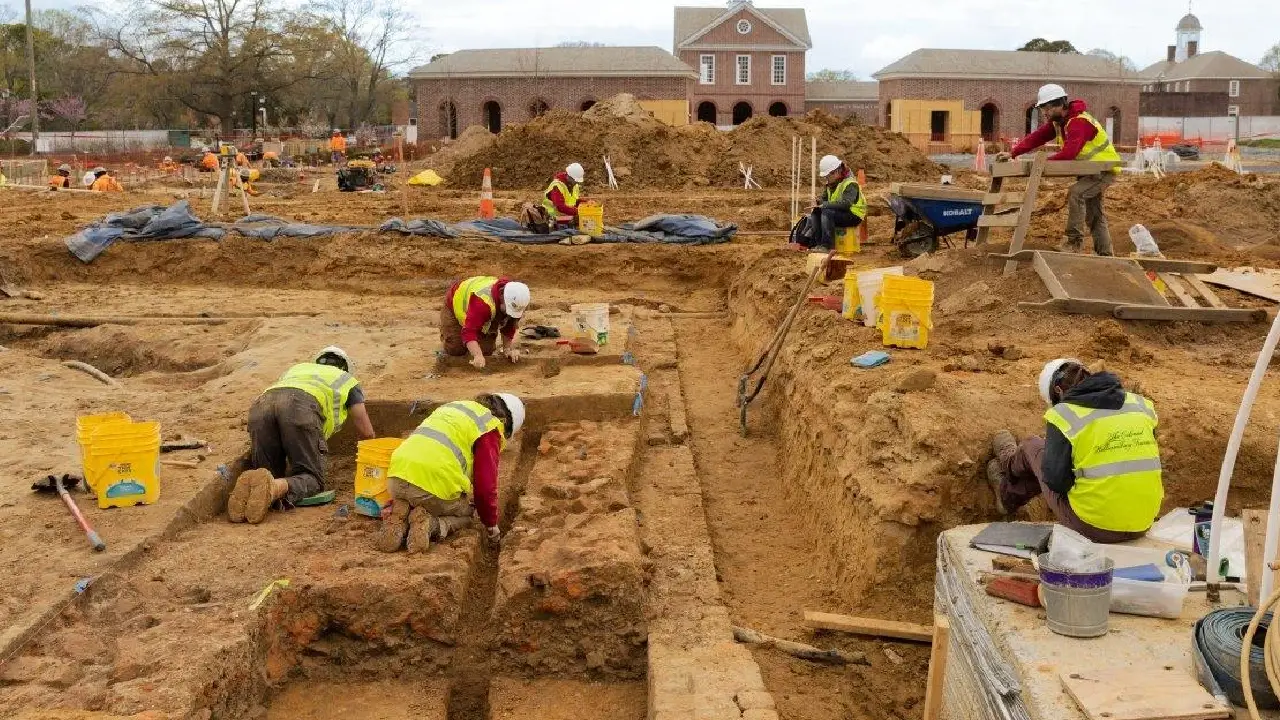The excavation, which commenced last spring, revealed a substantial 32-by-24-foot brick foundation, complete with a cellar and a nearby well. These structures were hidden beneath a parking lot that had been in place since the 1960s. The house, believed to have stood until the 1720s or 1730s, provides a rare glimpse into the period before Williamsburg became the capital of the Virginia colony in 1699.

The artifacts recovered from the site paint a picture of a prosperous household. Imported ceramics, diamond-shaped glass window panes, clay wig curlers, and a silver teaspoon handle suggest a family of means. The presence of cowrie shells, often used as ornaments by enslaved people, hints at a connection to the institution of slavery.
One particularly intriguing find is a nearly intact windowpane, a rare and fragile artifact. To preserve this delicate piece, the team carefully lifted the entire block of soil containing the window for further study in a conservation laboratory.
While the identity of the home’s residents remains a mystery, the discovery offers a valuable window into the lives of early Colonial Williamsburg residents. The excavation is part of the ongoing efforts to preserve and interpret the rich history of the city.

The newly discovered site will be incorporated into the upcoming Campbell Archaeology Center, set to open in 2026. This state-of-the-art facility will house the world’s largest collection of artifacts from Colonial America, and a section of the 17th-century home’s foundation will be visible through a glass floor, offering visitors a unique opportunity to connect with the past.
This discovery is just the latest in a series of significant archaeological finds at Colonial Williamsburg. In recent years, archaeologists have uncovered the remains of a Revolutionary War-era military barracks and relocated the oldest surviving schoolhouse for Black children in the United States. These discoveries continue to enrich our understanding of Colonial Williamsburg’s complex history and its enduring legacy.

Leave a Reply